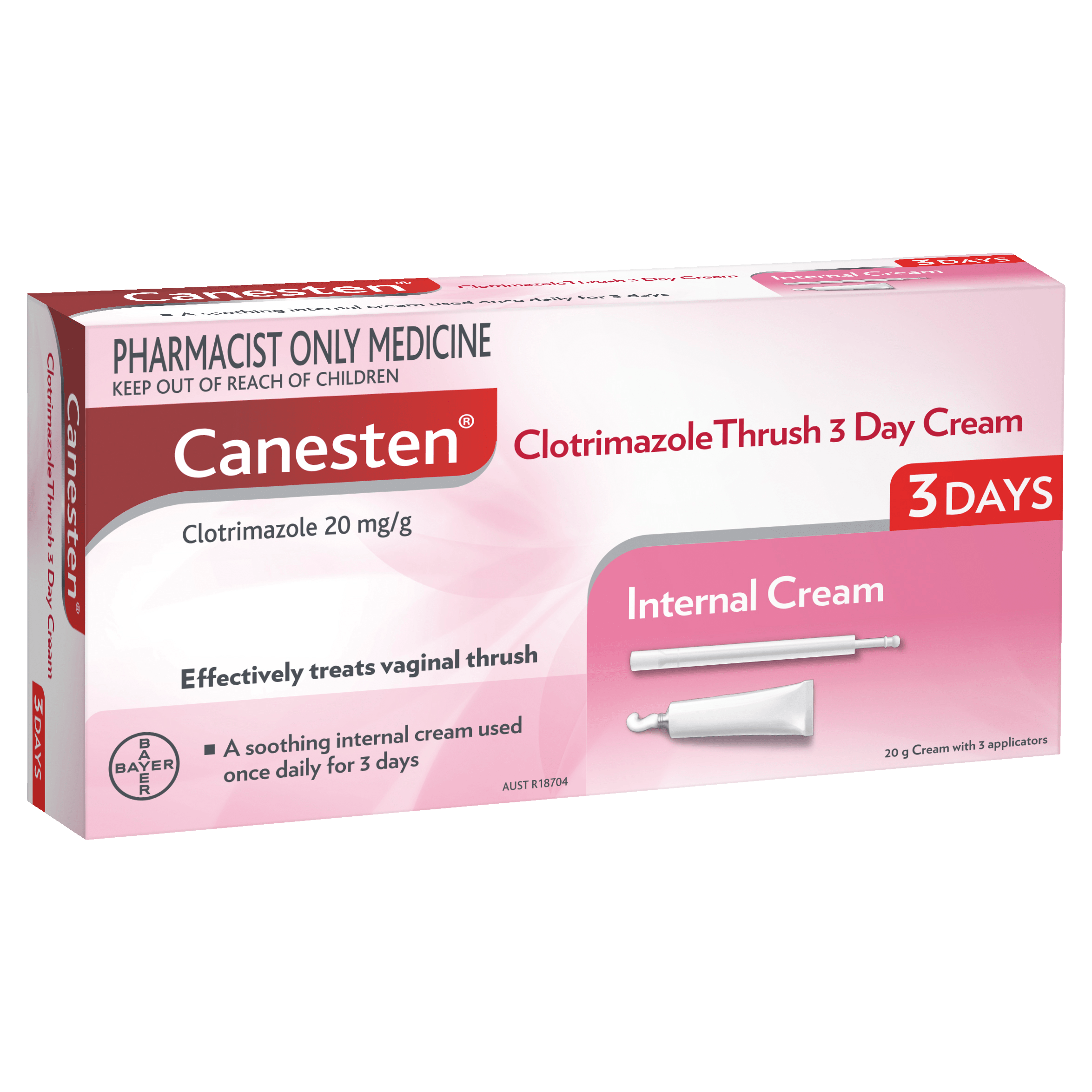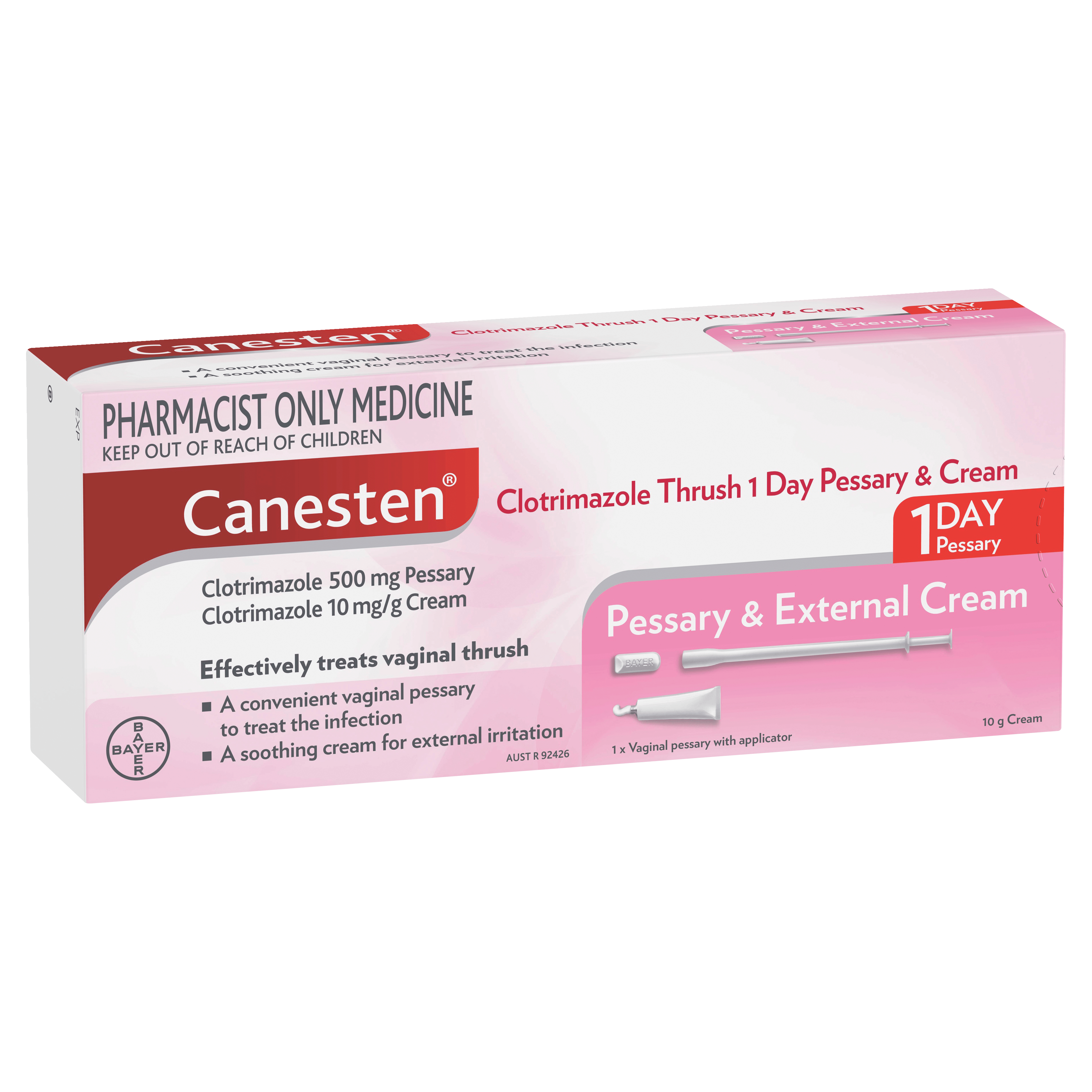Assessment Information
There are three assessments due in this module:
- 04A3 due at the end of Week 15
- 01A5 due at the end of Week 16
- 02A2 due at the end of Week 16
04A3 and 02A2 have work-based practical components. Please read the assessments immediately and arrange a time to discuss the assessment tasks with your supervisor.
Stock rotation is an important stock management practice in a pharmacy.
Afio mai, welcome to week 15.
This week, you will be wrapping up stock management, continuing with reconstituting medicines (for our patient, Samuel), and getting familiar with some new pathogens.
Let’s get started with the final session on the topic of stock management. Throughout this course, we've delved into the crucial roles and responsibilities that pharmacy technicians play in various aspects of stock management. Today, we conclude our exploration by focusing on two essential practices: stock rotation and the prevention of stock loss due to theft and fraud. Let's dive in!
Stock rotation
Read the following questions and take a few moments to answer them (it doesn’t matter where - in your head, on a piece of paper, or in your journal). This will help you to refresh your knowledge before you build on it with new information.
- What is meant by stock rotation?
- What are the advantages to the pharmacy of carrying out stock rotation practices?
- What are the advantages to the pharmacy customers of pharmacies of carrying out stock rotation practices?
- Are pharmacy technicians involved in stock rotation?
Before you test your knowledge in the next activity, read this short article (complete with a Futurama meme and cool infographics) about stock rotation.
Ready? Answer the following three questions to check what you’ve taken on board.
Journal post
Scenario - What would you do?
You are a pharmacy technician working at a busy community pharmacy. Today, the pharmacy has received a large delivery of medications from the supplier. Your pharmacy manager assigns you and the retail assistant the task of organizing the new stock on the OTC shelves in the retail area. She asks you to follow the FIFO method. After she has left, the retail assistant turns to you and asks: “What’s FIFO?”
- Write your answers to that question (FIFO) and the alternative method (FEFO) in a new journal post.
- Explain these methods to the assistant, including:
- what do the letters stand for?
- how do you decide what method is used?
- how do you plan to put the new delivery of stock on the shelves?
- Once you’ve completed it, publish it to ‘All course users'.
- Read your peers’ posts to see if they have posted anything differently to your response.
Expired medication
When carrying out stock management procedures and practices or during the dispensing process, you may come across expired medicines and products. You may have a pharmacy-specific SOP for expired items, but in general, the procedure will include the following steps:
- Isolate the expired (out-of-date) item from the stock. This prevents it from being mixed in with in-date stock and being accidentally used.
- Immediately notify the pharmacist of the expiry.
- Check if there are any more expired items to be removed.
- Count the amount removed and the amount left in stock.
- Alter the computer system (Toniq/RxOne) to reflect the removal of expired items.
- Discard the expired items into the hazardous waste container.

Theft and Fraud
Pharmacies face potential theft and fraud from both staff and customers. As part of the pharmacy team, you have a responsibility to carry out practices and procedures to prevent or minimise the chances of this occurring.
Let’s start by looking at the definition of Theft and Fraud:
- Theft can be defined as taking property (money, objects, goods etc.) that does not belong to you. According to the Crimes Act 1961, it is an act of dishonesty with the intent to permanently deprive the owner of the property.
- Fraud is also an act of dishonesty. It involves deliberately deceiving someone (individual, organisation, business etc.) in order to receive some form of gain in an unlawful or unfair manner. The gain could be property, money, goods, or other gains.
Activity
So, what might this look like in a pharmacy setting? In this tūmahi (activity), you will investigate theft by a customer.
- Click on this link to read a news report of a burglary and theft committed against an Invercargill Pharmacy.
- Watch and āta whakarongo (listen) carefully to what the pharmacist says about how this crime has impacted the pharmacy and its customers.
- What other consequences do you think may have resulted from this crime? Using what you’ve learned from the article and your own reflections, write a list (on paper, in your journal, wherever works for you!).
As we have heard, the results of this crime have not only meant that the pharmacy lost controlled drugs from the safe but also that the pharmacy could not provide full services to their customers for a period of time. Click on the labels or (+) symbols below to learn more about some of the other consequences of theft.
Consequences
This costs the pharmacy both the money needed to re-purchase the stock and the time taken to reorder and await delivery.
The pharmacy is unable to supply the customers with what they need. This means customers take their business elsewhere either for a period of time or permanently.
The cost to replace the broken CD safe, the damage to the wall, window, and other related clean-up costs. Money may need to be spent on repairing and increasing the pharmacy’s security systems. It may increase the pharmacy’s insurance costs.
During the time it takes for repairs and replacement of stock, the pharmacy cannot provide its usual services. Therefore, their sales are reduced.
- Customers may not feel safe returning to the pharmacy, and new customers may avoid it. There may be a loss of trust and damage to the pharmacy’s reputation.
- Customers are put at risk due to temporary closure or reduction in services as they are unable to access their medications. It may be difficult for customers to travel to another pharmacy for their services, which results in delays in treatments.
- Customers may be worried that their personal information may have been stolen for further criminal activity.
- The community in the area may feel traumatised, unsafe, and afraid to shop in the area, which affects their sense of community safety.
Staff may feel traumatised, stressed, and unsafe in their workplace, which can impact their well-being and ability to work. They may feel vulnerable and at risk of a similar crime during working hours. Extra workload is created to get the business back to full functioning.
How did your list compare to this one? Did you include the emotional and psychological consequences of this crime as well as the physical and financial? Add anything that you may have missed to your own list.

Security
There are security measures that pharmacies and other businesses may take to ensure their premises are protected from burglary and theft after hours.
These may include:
- Motion sensor lights
- Well-lit inside and outside
- Auditory alarm systems
- CCTV recording and monitoring
- Warning signage about onsite security measures
- Security company monitoring, drive-by surveillance or stationary guards
- Staff training for lock up and security measures upon leaving the premises
- Consultation with police and security companies for advice on security measures
- Regular checks and audits that security systems are functioning and maintained
- Physical barriers such as bars or grills over entry points
Shoplifting
The burglary we just looked at occurred after business hours, but what about customer theft during business hours? During business hours, customer theft, commonly known as "shoplifting" or "stealing," is a significant concern for pharmacies. Although the stolen quantities may seem small individually, they collectively lead to stock loss and increased expenses for the pharmacy. Over time, repeated incidents of this kind cause severe repercussions for the business. Let’s explore this type of theft and how to recognise when it may be occurring.
Customer behaviours that may indicate a shoplifting situation is occurring include:
- Standing very close to other customers
- They keep looking at the staff but don’t require assistance
- Repeatedly walking in and out of the pharmacy
- Lingering for a long time around one area of the pharmacy
- Acting nervous, fidgeting, randomly picking up and putting back items, avoiding eye contact
- Constantly scanning and looking around the pharmacy
- Large groups enter the pharmacy and then split up
- Wearing oversized clothes
- Carrying multiple bags or having a pushchair nearby
- Attempting to conceal their face with clothing or actions
- Leaving the pharmacy very quickly
If you notice behaviours that indicate a shoplifting situation, how you respond will depend on your pharmacy's SOP.
They may include:
- Continuing to observe the customer from a safe distance. They may not actually be planning to steal.
- Reporting your suspicions to your manager or senior colleague, who will take the appropriate, safe, and legal actions as per the SOPs.
Customer fraud
Customers may also commit acts that are fraudulent.
Fraudulent acts include:
- Switching price tags from expensive items with ones from less expensive items
- Stealing an item and then pretending it was purchased but is faulty, and then asking for a refund
- Using stolen credit cards to pay for items
- Forging or altering prescriptions
Prevention strategies
There are many strategies to prevent customer theft through shoplifting and fraud.
Here are some examples:
- Organise the pharmacy layout to avoid blind spots. If there are areas that can’t easily be seen by staff, then install convex mirrors or CCTV cameras.
- Provide customer service where staff welcome and acknowledge customers as they arrive, are attentive, and circulate within the shop to provide assistance. While doing so, they can observe behaviours within the store and minimise the opportunities for shoplifters to steal unobserved.
- Only accept returns with proof of purchase.
Pharmacies can also experience theft and fraud caused by staff. These types of theft and fraud may include:
| Stealing |
|
|---|---|
| Cash handling |
|
| Identity and computer fraud |
|
| Returns |
|
Forum activity
As you’ve learned, the consequences of theft and fraud are far-reaching, and they must be mitigated. In this week’s forum, complete the following:
- Consider how each of these types of theft and fraud can be prevented.
- Include any practices and procedures that your pharmacy has in place to protect against staff theft and fraud.
- Create a list of these strategies, practices and procedures and post it to the forum: Preventing Theft And Fraud.
- Read your classmates’ posts to extend your learning. Find at least one strategy, practice or procedure that you hadn’t considered.

Unfortunately, stock loss through theft and fraud is an ongoing issue in the pharmacy environment, as it is with other retail businesses. It’s important that pharmacies use a variety of techniques to identify these losses so that they can respond and put in place preventative measures. As we have seen, stock loss through theft and fraud has a wide range of consequences and impacts not only for the pharmacy but also for customers and the wider community.
Self-directed learning activities
Activity 1:
Read through the following information, and in your notes, summarise each point in your own words. (Feel free to do your own research about stock loss to add more to your notes too.):
Ways to identify stock loss include:
- Stocktake: Regular stocktakes to compare actual stock levels with recorded quantities will highlight any differences that can indicate stock is missing or unaccounted for.
- Stock tracking: Using barcode scanners to track products as they move through the supply chain. This can help identify at what point stock was lost.
- Security surveillance:
- Install security cameras throughout the pharmacy to monitor areas where stock is stored or displayed. Video surveillance can help identify instances of theft or stock loss. It also identifies what stock is being targeted, by whom and when.
- Using electronic tags (that trigger an alarm when stolen) on high-value items.
- Only authorised staff have access to computer records of stock management.
- Observation: Staff should be trained to keep aware and observe what is happening around them so they can identify when stock is being stolen.
- Staff training:
- Frequent staff training and refreshers on observation and stock loss prevention strategies.
- Ensure only authorised, trained staff carry out stock-take procedures according to the pharmacy’s SOPs.
Activity 2:
Review your online and class learning on stock management and add to your own notes. You may want to add information from discussions, reading, and work experience.
Give yourself a pat on the pat. That’s another week complete, ka pai!
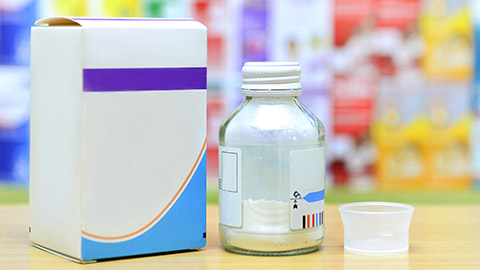
Reconstitution
Bula, fakaalofa atu, and welcome to this session on the reconstitution of medicines.
In today’s session, we’re jumping back into the scenario with Samuel Smith and his Dad. You’ll continue to look at the practices and procedures for preparing to reconstitute the prescription below for Samuel.
Scenario
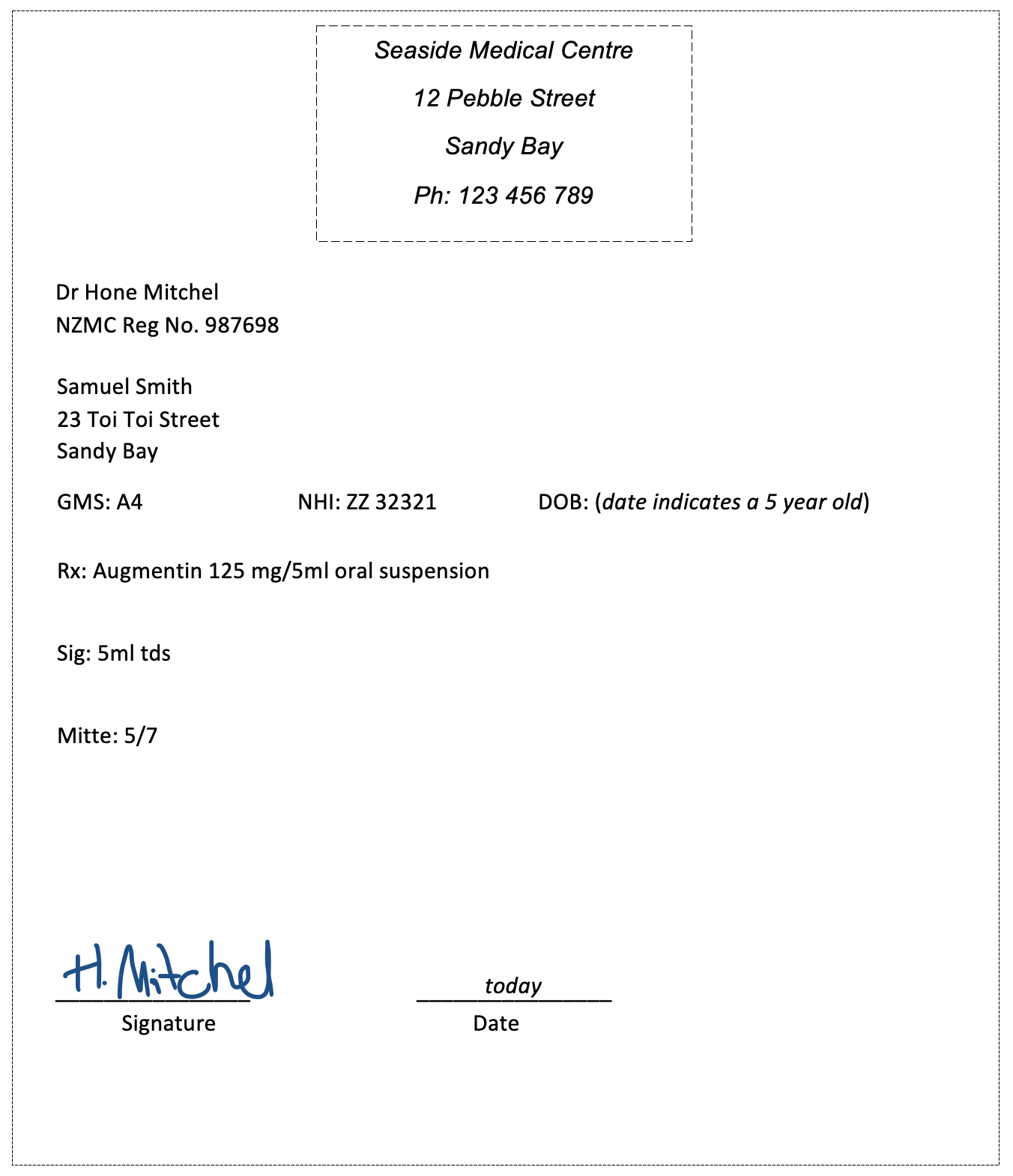
Last week, when you left off – you had informed John, Samuel’s father, that it would take 30 minutes to prepare the prescription. He confirmed that he could return in time for collection. Therefore, you could proceed with the dispensing process.
So far, you have:
- checked the prescription for all legal and funding requirements
- checked and found you have the ingredients in stock
- informed John that his son’s prescription will be ready in 30 minutes
- considered the environment for reconstitution
- selected and checked the medicine against the prescription
- had the pharmacist check your selection and confirm that it is correct
- carefully read the instructions for reconstitution
- considered and selected the appropriate measuring equipment
- cleaned the surface that you will be working on
- thoroughly washed and dried your hands
- accurately measured the volume of water required
- had the pharmacist check and confirm that the volume was correct.
Mixing
| As you know, the stock bottle of antibiotic contains the antibiotic in a loose dry powder form. It will look like this picture. Stock bottles of antibiotic powder are usually in either a glass or plastic bottle. |  |
Once you have shaken the dry powder, you will open the stock bottle and carefully pour in the water. The measuring glass will have a spout to make pouring easier.
How did you go with that question? If you didn’t get the correct answer, make sure you read the solution. It was a bit tricky, but a good way to learn!
Generally, you will be adding all the water or liquid to the powder at once. However, occasionally the instructions may recommend adding the liquid in parts. Why might this be?
Āta whakairo - think carefully before clicking on the (+) symbol to see the answer.
Powder made up, or larger particles, may be harder to dissolve, so it requires mixing in stages to prevent clumping and to make it easier to mix evenly.
After mixing, you will check that the medicine is now free from clumps and is evenly mixed. The instructions or data sheet may indicate what the suspension will look like once reconstituted. The data sheet for Augmentin states that when reconstituted, the suspension is white to off-white in colour (Medsafe, n.d.).
Labelling the medicine
Now the reconstitution process is completed, you will print and attach the main medicine label as you would for any other medicine. Reconstituted medicines expire after 7-14 days, so you will need to ensure that you:
- add the correct expiry date to the medicine label
- the date to discard the medicine after
- any other cautionary and advisory information.
Journal activity:
- List what information will appear on the main medicine label.
- Include the specific cautionary and advisory information to ensure Samuel’s medicine is administered and stored correctly.
- Explain why it is important that all this information appears on the medicine bottle.
Forum activity
Five minutes later, John arrives to collect his son’s prescription. What advice do you provide him with before he leaves the pharmacy?
- Consider the following aspects of this situation and post your reflections on the forum: Samuel's Prescription.
- Accessories
- Storage
- Safety
- Side effects
- Anything else
- After posting your response, read what others have posted and consider if there is anything that you have learned from your classmates that you would add to your own post.
Don’t be shy to contribute to the forum. Learning is a team sport where we all benefit!
Watch: Reconstitution of Oral Suspension (2:40 minutes)
Mātakitaki mai, watch the following video to view the reconstitution process. When you are done, answer the questions that follow in the documentation tool.
Self-directed learning activity
To finish off this week, we’d like you to imagine yourself in the following scenarios: reconstituting medicines. As you read each scenario, consider what you’ve learned so far and answer the questions in a journal post.
Scenario 1: A customer hands you a prescription for a medicine that requires reconstitution. You check and have the medicine in stock and tell them it will be ready in an hour. They tell you that they need to get to an appointment and won’t be able to collect the medicine until 10 am the next morning.
- Do you reconstitute the medicine now and store it in the dispensary fridge until collection the next day?
- Explain why or why not?
Scenario 2: You are reconstituting a medicine from a dry powder. You open the cap and start to peel back the seal. It’s a bit stuck, so you pull a bit harder, but in doing so, a small amount of powder spills onto your hand.
- What do you do?
Scenario 3: You are measuring out 92mls of water into the measure. You crouch down and read the bottom of the meniscus. You get a measurement of 98mls. A staff member walks past you, looks at the measure, and says, “that’s near enough. I wouldn’t worry about tipping any out.”
- How do you respond?
Scenario 4: You are preparing to reconstitute a medicine. You select the medicine from stock and check the label against the prescription. Everything is correct. You then look to check the expiry date on the stock bottle and realise it is out of date by a month.
- What do you do?
And just like that, you’ve completed another week of Introduction to Dispensing. Whakamihi, congratulations!

This week, we continue to explore the world of pathogens. So far, we have looked at bacteria and viruses, and today, we tackle fungi and parasites.
Fungi
From your learning on this programme, you will be familiar with some health conditions caused by fungal infections. Pause now to reflect on what these are and some of the anti-fungal OTC treatments we have discussed (you might like to jot down a list of what you can remember). This is a good learning strategy to recall and prepare your mind for the new learning to come.
Me tīmata tātau! - Let’s get started!
FUNgi facts
|
Some fungi are present all the time in areas of the body, such as the mouth, skin, intestines, and vagina, and don’t cause harm. They are prevented from multiplying through competition from bacteria. Other fungi are dealt with by the body’s immune system.
Fungal infections, also known as mycoses, range from mild and unnoticed to severe and sometimes fatal. They are more common and serious in people who:
- are taking long-term antibiotic drugs
- are taking corticosteroid drugs
- are taking immunosuppressant drugs
- have immune deficiency disorders
- have diabetes.
Fungi types
Fungal infections can be divided into three types. Click on the (+) to get an overview of each type. (Please learn more about the conditions by clicking the hyperlinks in the first section below.)
These are not usually serious or dangerous.
Examples are:
- Candidiasis: Causes skin and mucous membrane infections. These include vaginal yeast infections, some types of nappy/diaper rash and oral thrush.
- Ringworm: Causes skin infections and gets its name from the red, itchy, ring-shaped skin plaque. Ringworm has different names based on where it appears on the body:
- Nails (tinea unguium or onychomycosis)
- Hands (tinea manuum)
- Scalp (tinea capitus)
- Beard (tinea barbae)
- Jock itch (tinea cruris)
- Athletes foot (tinea pedis)
These fungal infections are more common in tropical and subtropical areas of the world. The fungus gets under the surface of the skin and causes rashes, ulcers, and other skin symptoms.
These are found in places in your body other than your skin, such as the lungs, blood, urinary tract, or brain.
Vaginal thrush – Mateīhi
Vaginal thrush is a common condition caused by a yeast infection in the vagina and surrounding area. The infection is usually Candida albicans but is also known as candida or vulvovaginal candidiasis. Candida lives harmlessly on the skin, in the mouth, gut, and vagina and is normally kept under control by harmless bacteria. But sometimes conditions change, and the yeast increases rapidly, causing symptoms.
Journal post
- For this tūmahi (activity), you will need to carry out your own research about vaginal thrush to answer these questions:
- What are the signs and symptoms of vaginal thrush?
- What are the causes and factors that might make someone more susceptible to developing vaginal thrush?
- What are some strategies to reduce the risk of developing vaginal thrush?
- Can thrush be passed on during sexual contact?
- You may like to watch a video or read through trusted New Zealand health information websites to help you, such as Healthify.nz.
- Create your own notes in whatever format you wish (table, graphic, list, explanations) and post to your journal. Creating your own notes in your own format is a great way to learn and to make sure you have helpful resources for future revision.
⚠ When to refer to a pharmacist
As always, as a pharmacy technician, it is important to know when to refer to a pharmacist.
Refer when the patient:
- is less than 16 years or over 60 years
- is pregnant
- has a history of, or is concerned about, sexually transmitted diseases
- has not had abnormal vaginal discharge before
- has discoloured or strong-smelling discharge
- has lower abdominal pain or vaginal bleeding that is not a period/menstruation
- has thrush symptoms that have not settled despite appropriate treatment
- has thrush symptoms more than twice in six months
- has thrush symptoms plus other symptoms, such as fever, tiredness, or nausea.
Vaginal thrush treatment
Treatments for vaginal thrush may be topical or oral.
Topical treatments
| Clotrimazole: broad-spectrum anti fungal | |
|---|---|
Dose form:
|
|
Oral treatments
| Fluconazole: broad-spectrum anti-fungal | |
|---|---|
Dose form:
|
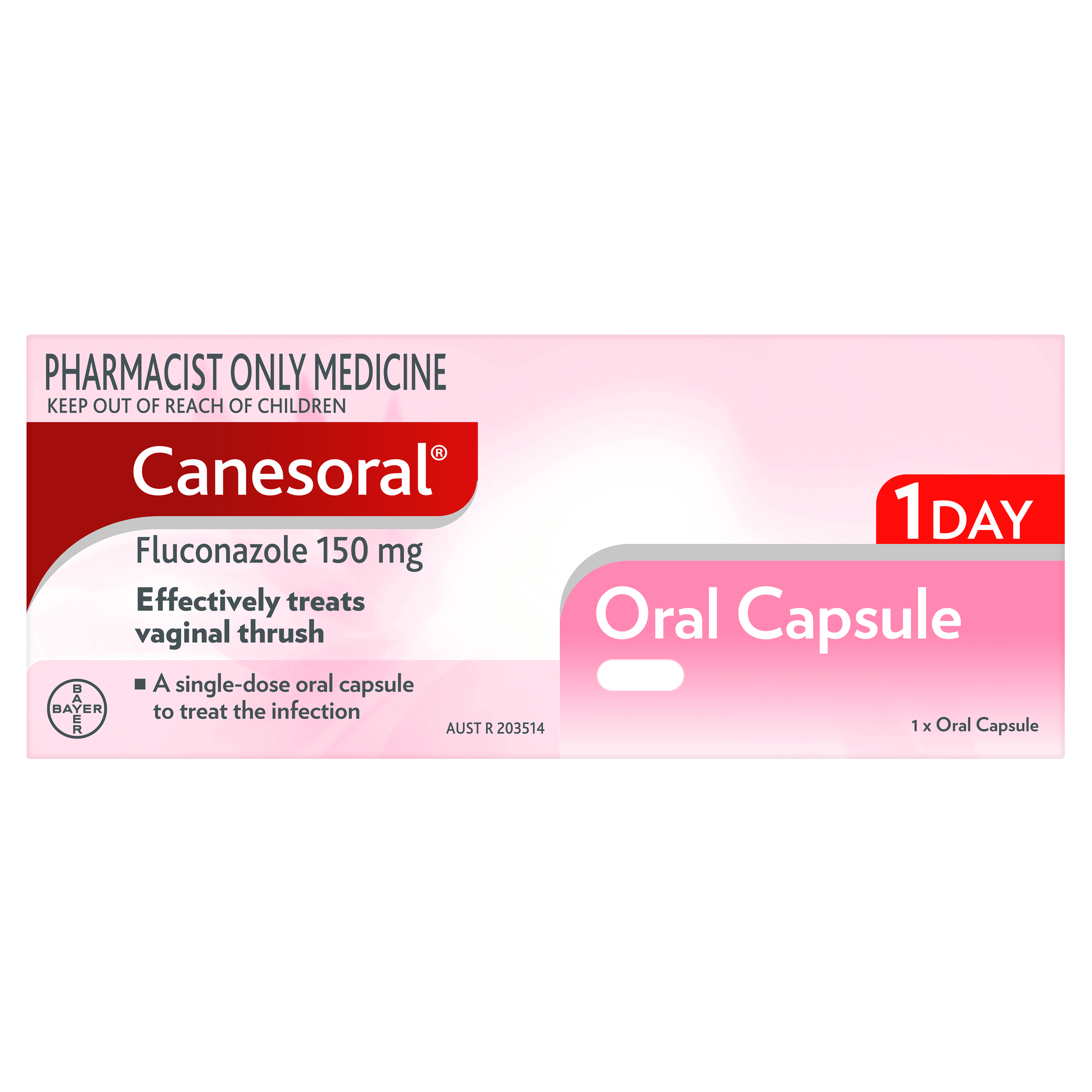 |
Nail fungal infections
Fungal infection of nails is common. About 5% of the population will have a fungal nail infection at some stage of their lives. Toenails are more commonly affected than fingernails. Infections happen when fungi get between the nail and the tissue underneath the nail called the nail bed.
Journal post
Te wā ki te rangahau (time to research!)
- Once more, carry out your own research to answer these questions:
- What are the signs and symptoms of a fungal infection of the nail?
- What are the causes and factors that might make someone more susceptible to developing a fungal infection of the nail?
- What are some strategies to reduce the risk of developing nail fungal infections?
- Can a nail fungal infection be passed on to others?
- You may like to look up useful websites like Healthify - He Puna Waiora, DermNet and the diseases page at the Cleveland Clinic.
- Create your own notes as you did in the last research activity (using whatever format you wish – table, graphic, list, explanations, pictures etc.)
- Publish your work to all users.
⚠ When to refer to a pharmacist
Once you have assessed a customer with a fungal infection, they may have signs and symptoms that require you to refer to the pharmacist.
These are:
- The infection involves more than three nails or more than half of one nail.
- If there is oozing, blisters, swelling or foul odour around the nail.
- Presence of other symptoms such as increased thirst, urination, or flu-like symptoms.
- Recurrent nail infections or if previous treatments haven’t worked.
- People with diabetes, circulatory issues, immunosuppressed, pregnant or allergies to topical medicines.
Fungal infection treatments
Treatments for fungal infections of the nail may be topical or oral.
Nail solution
| Poly-ureaurethane | |
|---|---|
|
 |
Oral tablets
| Terbinafine | |
|---|---|
|
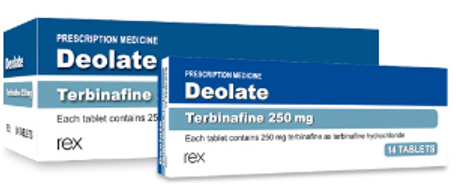 |
Nappy Rash
To ensure you have an understanding of what simple nappy rash is, its causes, treatment and prevention, read the Healthify webpage before you move on to the journal post activity. Healthify: Nappy Rash.
Journal post
A simple nappy rash can develop into a fungal nappy rash due to the growth and overgrowth of fungal organisms such as candida albicans.
- Like the other journal posts this week, conduct your own research to answer the following questions about fungal nappy rash:
- What are the signs and symptoms of a fungal nappy rash?
- How does it differ from a simple nappy rash?
- What are some strategies to reduce the risk of a fungal nappy rash developing?
- Create your own notes in whatever format you wish (table, graphic, list, explanations, pictures) and post it to your journal. Remember, the purpose is for you to use this as a helpful resource in the future, so the more effort you put in now, the more valuable it will be for your learning.
⚠ When to refer to a pharmacist
As a pharmacy technician, you should refer a nappy rash to the pharmacist when:
- the rash is severe, oozing, blistering, swollen or extends beyond the nappy area
- previous treatments have not worked, or the rash has worsened
- a similar rash has appeared elsewhere on the body
- a baby has medical conditions, feeding difficulties, or is currently on medications or supplements
- a baby has allergies or previous reactions to topical treatments
Nappy rash treatments
Topical treatments for nappy rash include antifungal preparations and combined antifungal and steroid preparations.
Antifungal with moisturiser
| Miconazole Nitrate: treats fungal infections | |
|---|---|
|
Zinc Oxide: Mild antiseptic and moisturiser for a soothing effect. Apply to clean, dry skin at each nappy change for seven days. |
 |
Antifungal with steroid
| Clotrimazole: broad-spectrum anti-fungal | |
|---|---|
|
Hydrocortisone: steroidal anti-inflammatory. Apply twice daily for no more than seven days. |
 |
In class, you will continue your learning on anti-infective agent treatments for fungal infections. For now, though, let’s move on to look at another pathogen… parasites!

Parasites
Parasites are disease-causing organisms that require a host to live and multiply. They depend on the host to get the nutrients they need and cause harm to the host. As they depend on the host for survival, they don’t often kill the host.
There are 3 main types of parasites that cause harm to the human body.
Click on the (+) to get an overview of each type:
A parasite that lives on the outside of its host.
- Examples: fleas, ticks, mites, and lice
Parasitic worms that live in the GI tract.
- Examples: roundworms, threadworms, and flatworms
A single-celled organism that lives in the intestines, blood, and body tissue.
- Examples: amoeba and sporozoans
From your previous studies, you will be familiar with the conditions caused by parasites and their OTC treatments. Therefore, this next section will revise and build on what you know already.
Threadworms
Threadworms (sometimes called pinworms) are Helminths, a type of parasite. They live in the GI tract of humans and feed off the nutrients the hosts get from eating food.
In the following activity, you will answer questions about this pathogen, including its treatment and prevention.
⚠ When to refer to a pharmacist
You must refer a person with threadworms when:
- there are reoccurring worm infections
- previous treatments have not worked
- the person has recently visited a developing country
- there are symptoms of worms and diarrhoea
- there are reports of blood in faeces or significant weight loss
- there are reports of broken skin around the anal area due to scratching
- children less than two years old
- people are immunosuppressed, pregnant, breastfeeding, or have allergies to medications
Scabies
Scabies is an ectoparasite. They burrow under the top layer of skin and feed off dead skin cells and cell fluid. It’s time for another activity! Answer the following questions and create your own resource.
⚠ When to refer to a pharmacist
When to refer a person with scabies to the pharmacist:
- Itch is localised to one area
- Severe rash or signs of infection
- Symptoms such as fever, swelling or intensely red skin
- Symptoms persisted or reoccurred despite treatment
- A child is less than two years old
- People taking medicines, including complementary products
- People who have skin conditions, are pregnant, breastfeeding, or have allergies to topical medications
To wrap up this week of learning, you’ll continue to look at parasites in today’s SDL activity. This will be an opportunity to revise and deepen your learning.
Self-directed learning activity
- Create a new journal post
- Complete the following self-directed learning tasks
- Publish your completed post to ‘All course users’
- Once you’ve completed your own post, read your classmates' posts to see if they have answered anything differently to you. If anything interests you, make sure to note it down.
Note: As you and your peers all have your own unique skills, experience and knowledge, chat with each other, share ideas, or research together to answer anything you’re not sure about.
activity 1: Headlice
Head lice or ‘nits’ are an ectoparasite. As you already know quite a bit about this health condition, use your knowledge to help Mary in the scenario below.
Mary is a new teacher at the local primary school. She asks you for some information and advice about headlice as there has been a report of a child in the school with them.
How would you respond to Mary’s questions?
- "I know head lice are insects that attach to the hair and bite the scalp to feed on blood, but what signs and symptoms should I look out for in class that might indicate one of the students might have caught them?”
- “I’ve heard about a method for checking to see if headlice are present. It’s called wet combing. Can you tell me about this?”
- “What can I tell the children and their families to do to prevent getting or spreading headlice?”
- “Can you tell me about a product that treats lice? Please explain to me how it works and how to use it.”
activity 2: Malaria
Malaria is an illness caused by a parasite. The parasite is carried by certain types of mosquitos that are infected with the parasite and pass it to humans through their bite.
Watch: What is Malaria, Causes, Signs and Symptoms [...] (3:04 minutes)
As you watch this video about malaria, take notes about anything new that you learn and add it to your kete (basket) of reference materials.
Activity 2a: Malaria prevention
In New Zealand, there are a group of prescribed drugs for the prevention of malaria. These are prescribed to people who are travelling to parts of the world where there is a risk of contracting the disease through mosquito bites. Antimalaria drugs are started before, during, and after travel to an at-risk country. The medicines are not 100% effective, and each type of drug has its own side effects. Other prevention strategies include using mosquito nets over sleeping areas and using insect repellent to prevent bites.
Carry out your own research into ONE type of insect repellent. Make your own notes on the following:
- The active ingredients
- The directions for use
- Side effects
Kia pai mai hoki (that’s fantastic!), another week complete. You have conducted a lot of research on your own this week and directed your own learning, so you should be proud.

